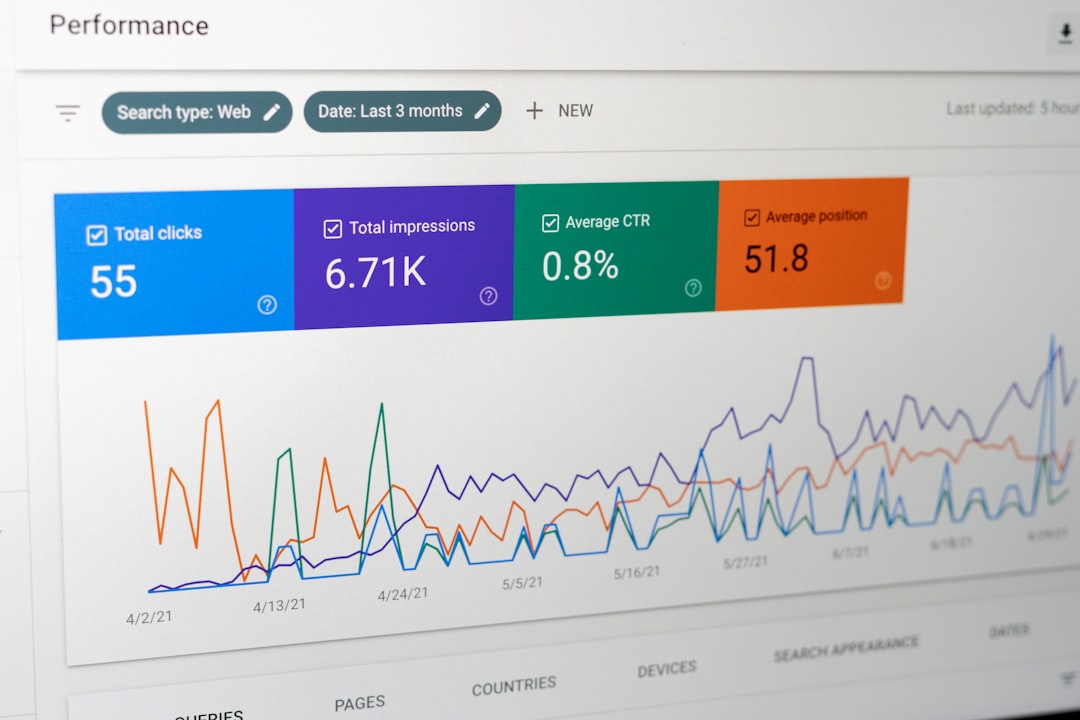How often did the customer visit? What is drawing him or her in? What type of content are they looking at? What are their characteristics and demographics? What are their preferences?
Fortunately, these are all questions that can be answered through analytics. Unfortunately, problems arise when businesses fail to understand their numbers and what to do with them.
If you are unclear about what to do with the information you are getting from your site analytics and metrics, this article will provide you with five steps that should give you a clearer understanding.
Analyze Acquisition Strategy
One thing you want to pay attention to is where you visitors are coming from. Typically, these include the following:
· Search: The people that come in from your search engines should account for 40-50% of your traffic. If it is higher, it indicates an overexposure to search rankings and algorithm changes. If it is too low, it means your money isn’t working for you the way it should.
· Direct traffic: These are people that are coming directly to your site. Previous customers will make up for a good amount of this audience. Direct traffic should account for about 20% of your visitors. If the number is much lower than this, you will need to work on customer retention.
· Referring sites: This is traffic that comes from other sites that link to yours and it should account for 20-30% of your visitors.
· Campaigns: Campaigns include email campaigns, banner ads, social media campaigns and more. 10% of your traffic should be coming in via these campaigns.
If you are not bringing in these numbers, focus on your weak spots. Work on creating more engaging ads and content, including keywords, improving customer service, networking with other sites and so on.
How Often Are They Visiting?
When thinking of the consumers that are visiting your site, you want to keep a couple of things in mind. These are as follows:
· How often are they visiting?
· How long are they staying on the site?
· How long has it been since their last visit?
· What kind of content are they looking at?
This will give you some idea of the level of loyalty you can expect from your customers. If numbers are low, work on increasing communication and providing engaging content.
Bounce Rates
Bounces occur when people visit your site, look at one page and leave. It means they are not becoming engaged.
A high bounce rate could be due to one of two things:
· The wrong people could be coming to your site as a result of problems with SEO or campaigns targeting the wrong groups.
· The page is poorly constructed.
To determine which of the two is hindering your engagement, click on the landing pages they are going to and try to see if anything obvious jumps out at you. If the page looks terrible or has broken links, that’s an easy fix.
If the appearance and functionality of the page doesn’t seem to be a problem, take a look at the sources that are bringing the traffic to your page. If you think they may be bringing in an audience that has no interest in your product, consider networking with different companies.
Which Content is Engaging?
Using the right metrics such as clicked links and page visits can help you understand how much revenue each content piece is producing, or in other words, the ROI of the content.
Once you have this information, it will be easy to determine what content is bringing in the most interest and revenue, and which topics you should be writing about more often.
Search Strategy
Deciding what and where you get your data can be a challenge in itself. There are many products that can help analyze your site and provide a dashboard view of your site rankings.
Use those rankings to help adjust your search strategy and provide you a basis for updating or changing the keywords on your site. Also, think about local and organic search. Make sure you are registered with Google to show up on geographic searches and produce content that is both engaging and shared.
How to Put it All Together
Once you have made the necessary improvements, continue to test to see how they are playing out. Be sure to consider all factors as website conversions may be up, but sales may not be reflecting the changes. This may be due to leads that aren’t qualified giving companies a false sense that there is interest in your products.
Continue to communicate with your team so that everyone is on board when it comes to understanding the reason behind changes in visits or conversions that are occurring. This way, you can be sure there are no misinterpretations due to faulty recording.
Now that you have a better idea of how to understand your analytics and what to do with the information you are getting, you should be able to make the necessary improvements that will help your company grow. We are confident that within time, you will master these tools to increase visits, conversions and overall profit.
